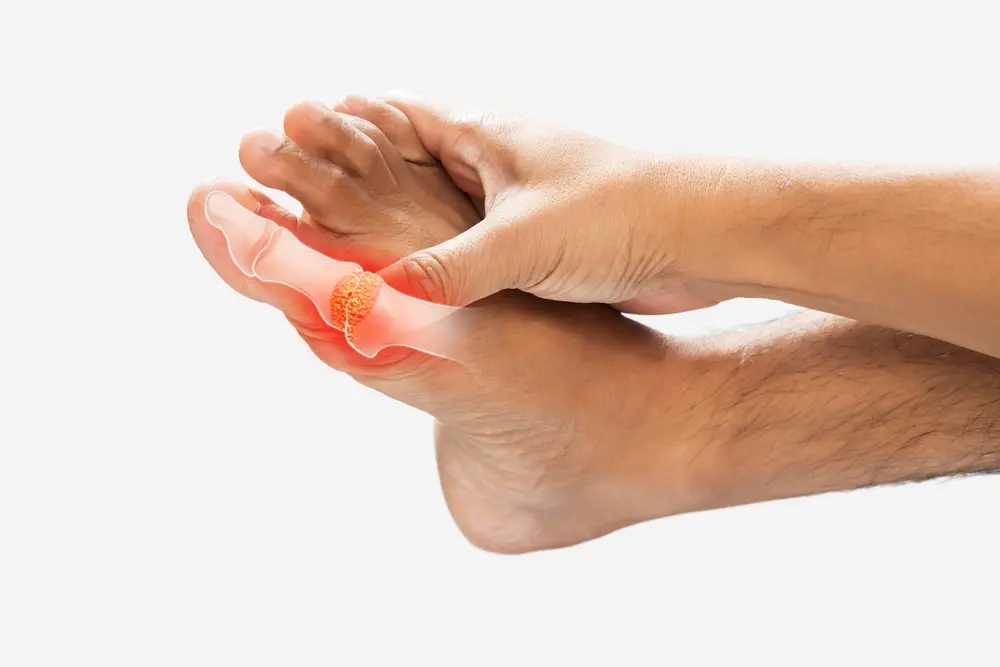
Clinical trials have long been the gold standard for assessing the safety and efficacy of new interventions and treatments. The traditional model is centralized, requiring participants to travel to specific clinical sites for assessments, procedures, and follow-up visits. But the landscape is now shifting toward decentralized clinical trials (DCT) and digital tools that allow patients to participate in trials remotely using the latest health technologies.
Patient recruitment is one of the biggest challenges in clinical research. In fact, 85% of trials fail to recruit and retain enough patients to meet the enrollment timeline, and 80% fail to enroll on time, leading to an extension of the study. This can be attributed to issues like distance, time commitment, transportation access, and schedules.
In traditional clinical trials, patients have to travel long distances and disrupt their daily routines. Such barriers can result in low enrollment and high dropout rates, leading to a lack of diversity and representation in clinical trial cohorts.
But the adoption of decentralized approaches in clinical trials is changing the game by addressing these barriers and placing the patient at the center of the research process.
A decentralized clinical trial is a new approach to conducting clinical research that prioritizes convenience and accessibility for participants. Unlike traditional trials, which confine activities to specific research sites, DCT leverages technology and remote methods to bring the trial closer to where participants live and work. This allows them to participate in research without traveling long distances or significantly disrupting their daily routines.
DCT uses portable digital health technologies that can either be implanted or wearable. Examples include blood pressure monitors, glucose monitors, activity trackers or spirometers. They can be interactive mobile apps where participants can rate their daily functioning, depression, pain, and quality of life or conduct functional performance tests like vision, coordination, and cognition.
From convenience and access to reduced costs and increased compliance, here are key factors contributing to the increasing popularity of decentralized approaches:
DCTs are designed to be patient-centric, so they allow patients to participate in the trials from the comfort of their own homes or offices. This means that patients can spend more time with their loved ones or focus on work duties and other responsibilities without stressing about continuous site visits and being stuck in hospitals. The model is particularly helpful for those who live far from the clinical site, have mobility issues, or if they have been diagnosed with rare diseases.
Proximity to the clinical site (long distances in this case) can be a huge barrier to clinical trial participation. DCTs break down geographical and logistical barriers, enabling participation from diverse populations regardless of location, transportation limitations, or inflexible schedules. This broader reach lessens the burden on patients and can increase recruitment and retention rates.
Researchers in centralized trials put in a lot of effort to recruit people from diverse backgrounds. But still, minority group members are often underrepresented. Unfortunately, this can have real-world impacts as people of different ethnicities, races, biological sexes, and ages may have unique responses to treatments and interventions that the trial fails to capture.
DCTs may help make these trials more inclusive because they address many of the challenges that contribute to the underrepresentation of minority groups. This includes geographical accessibility, flexibility in participation, cultural sensitivity, reduced transport barriers, and patient empowerment.
Advanced technologies make it easier to collect, transmit and store different types of data. They also collect more data frequently (or even continuously), making it easy for providers to gain insights into the safety and efficacy of treatments in real-time. It also means timely interventions in case of any adverse events. As providers and patients are becoming more tech-savvy, they’re getting more comfortable with telehealth.
The COVID-19 pandemic played a big part in this shift. The physical distancing measures, travel restrictions, and other precautions made it hard to perform certain clinical trial elements in the clinics. This motivated sponsors to start facilitating more trials virtually – things like data collection, consent agreements, and remote monitoring using digital health technologies.
While decentralized clinical trials (DCTs) offer numerous benefits in promoting inclusivity and overcoming barriers, they are not without challenges.
Digital illiteracy remains a significant barrier, particularly among older populations or those with limited exposure to technology. The inability to navigate digital interfaces may result in exclusion from DCTs. To address this, DCTs should provide user-friendly interfaces, clear instructions, and technical support to bridge the digital literacy gap. Science 37, for instance, trains its staff on the platform used in the trials to ensure that when a provider and patient come into contact during any DCT, the patient experience is easy, and the data collected is accurate.
Access to the necessary devices and a reliable internet connection is not uniform across all demographic groups. This can create disparities in participation, potentially excluding those who lack access to essential technological resources. Efforts to provide participants with the necessary technology, such as loaner devices and ensuring trial platforms are accessible across various devices, can help mitigate disparities in access. DCTs can also collaborate with community organizations and healthcare providers to identify and address specific barriers to access in different populations.
DCT providers must adhere to complex regulatory frameworks, like HIPAA and GDPR Health, to protect participant privacy. Navigating these regulations in the context of decentralized and often cross-border data collection can be challenging. However, this can be mitigated through robust data encryption, secure storage, and transparent communication regarding privacy measures. DCTs can also collaborate with regulatory authorities, legal experts, and ethics committees to ensure they comply with data protection regulations.
DCTs hold the promise to revolutionize medical research by providing a more patient-centric, inclusive, and efficient model. Its ability to address the challenges of traditional clinical trials positions it as the future of medical research. DCT not only adapts to the evolving landscape of healthcare but also empowers participants, enhances data quality, and accelerates the pace of scientific discovery. And Science 37 is at the forefront of this transformative innovation.


